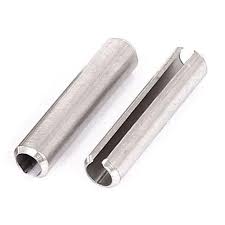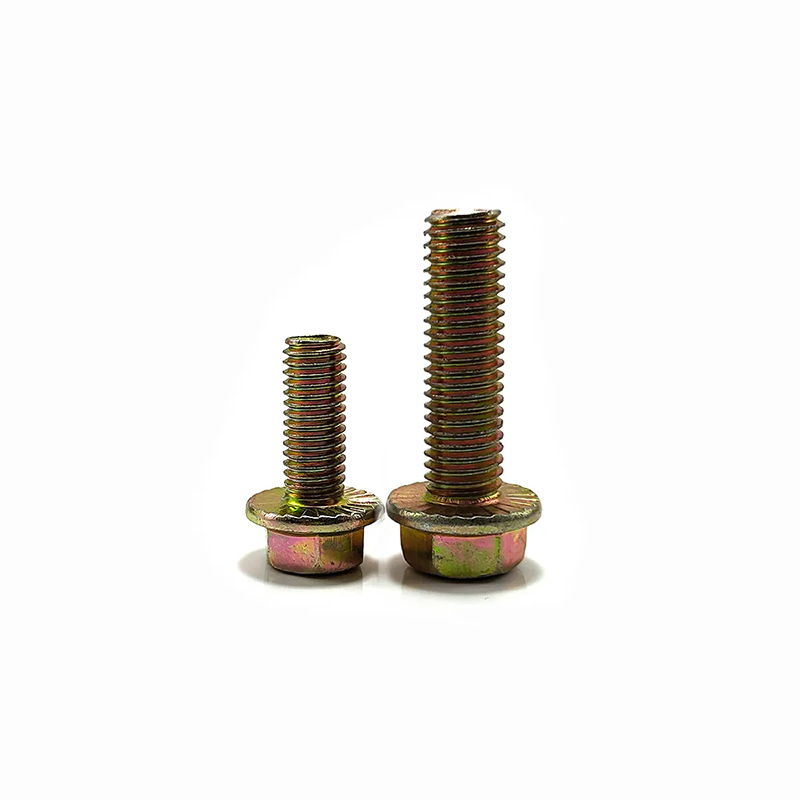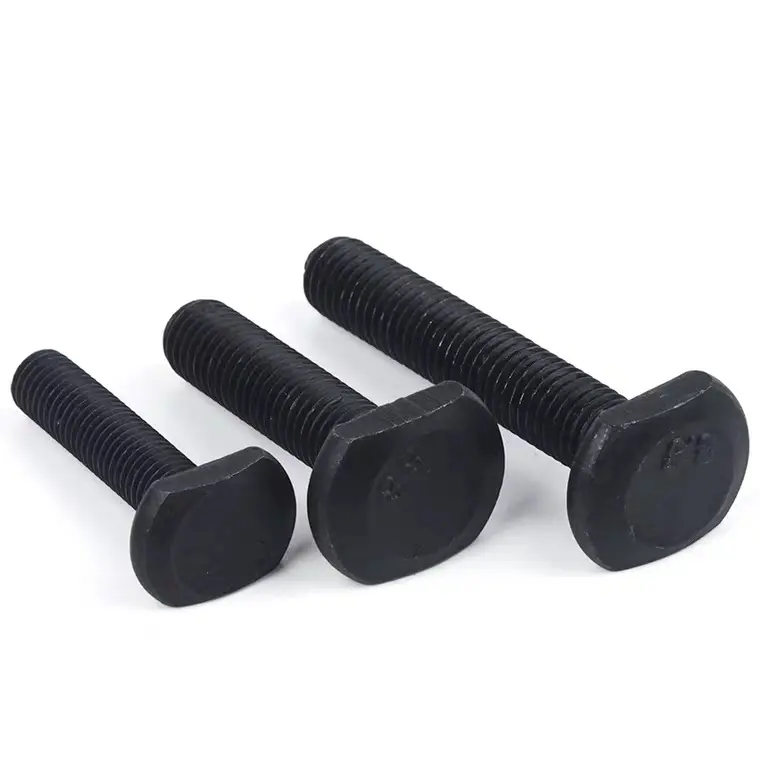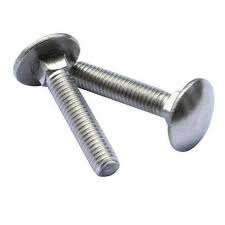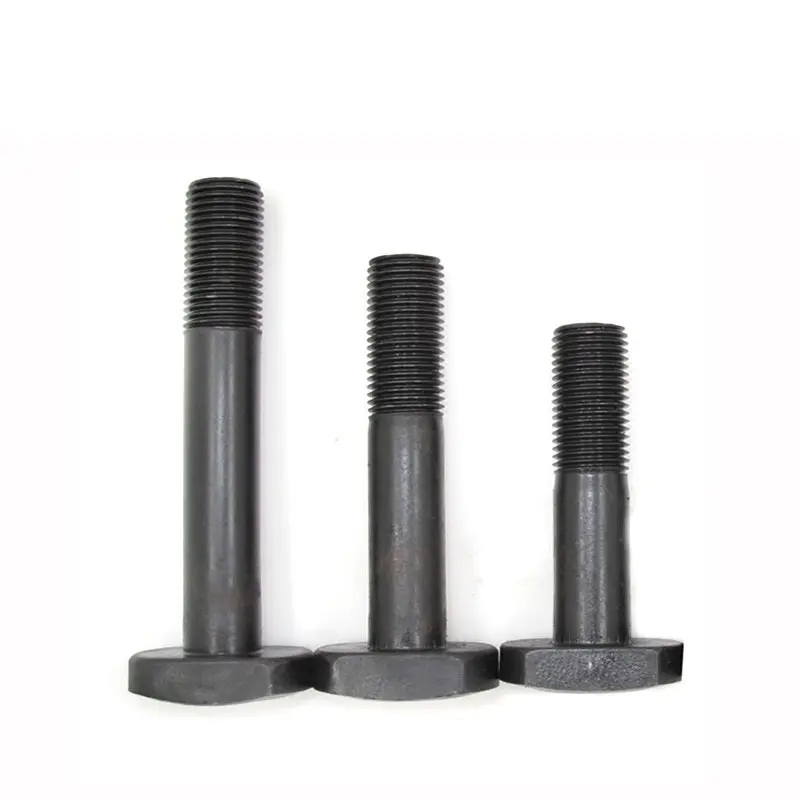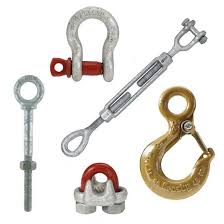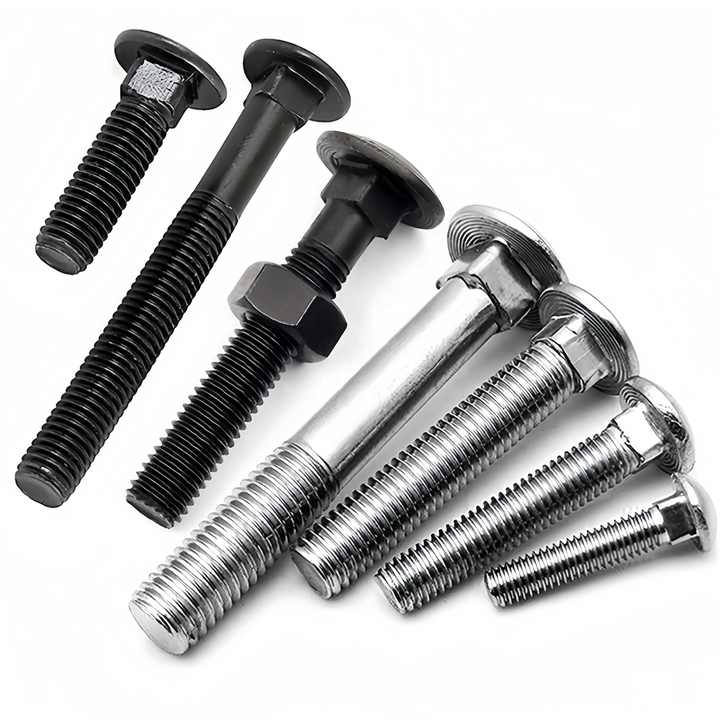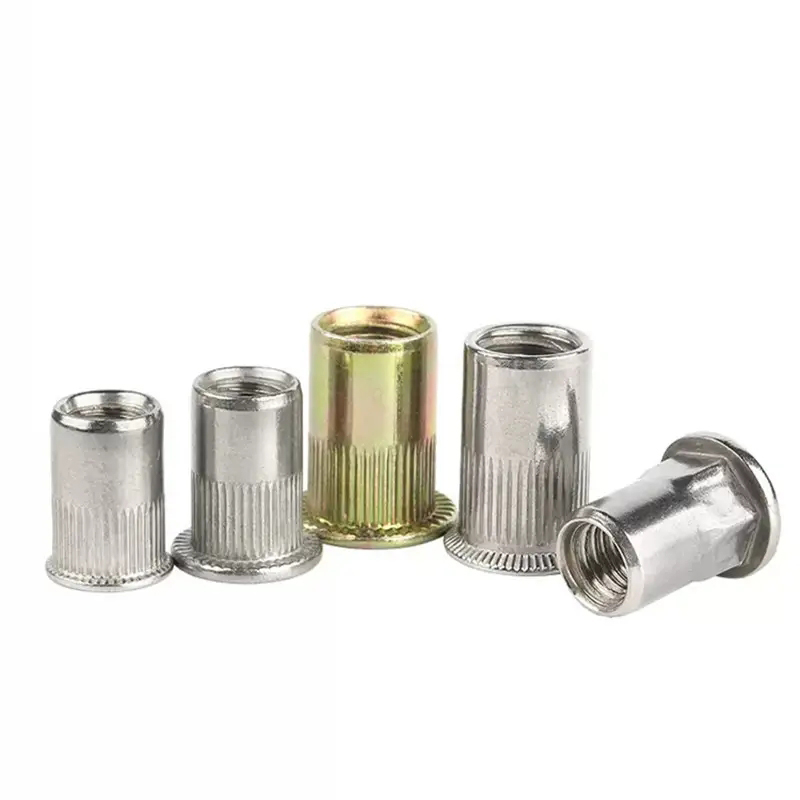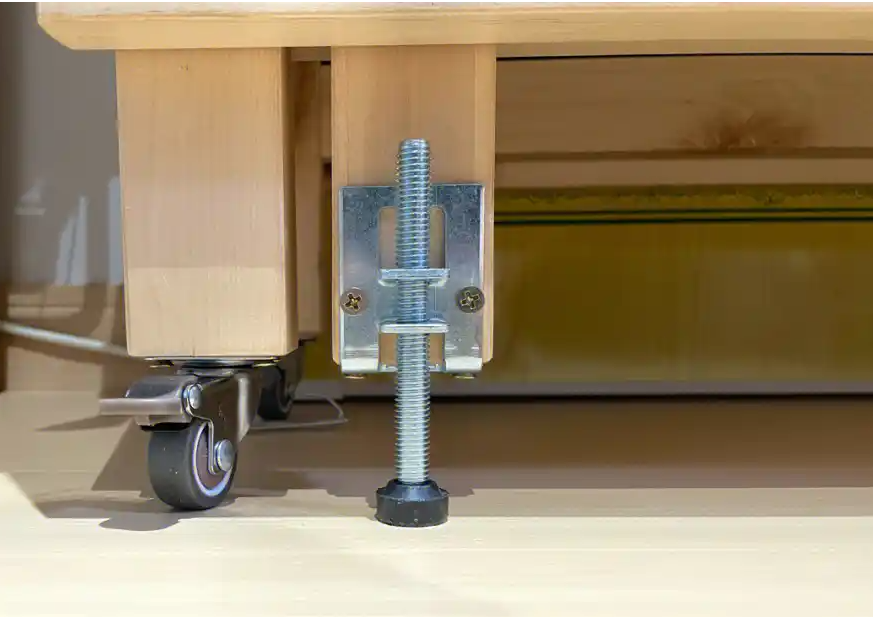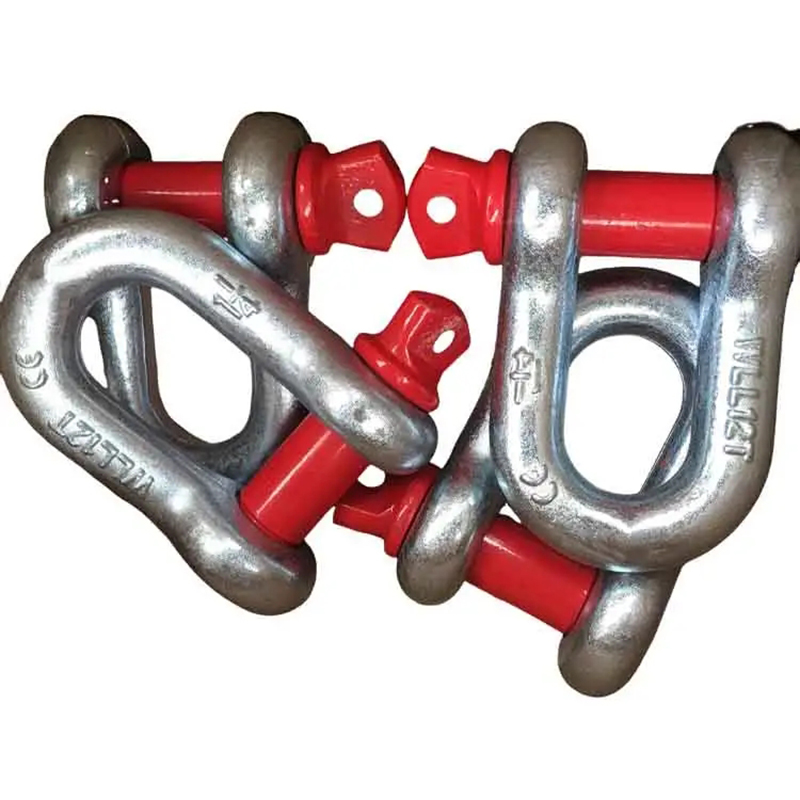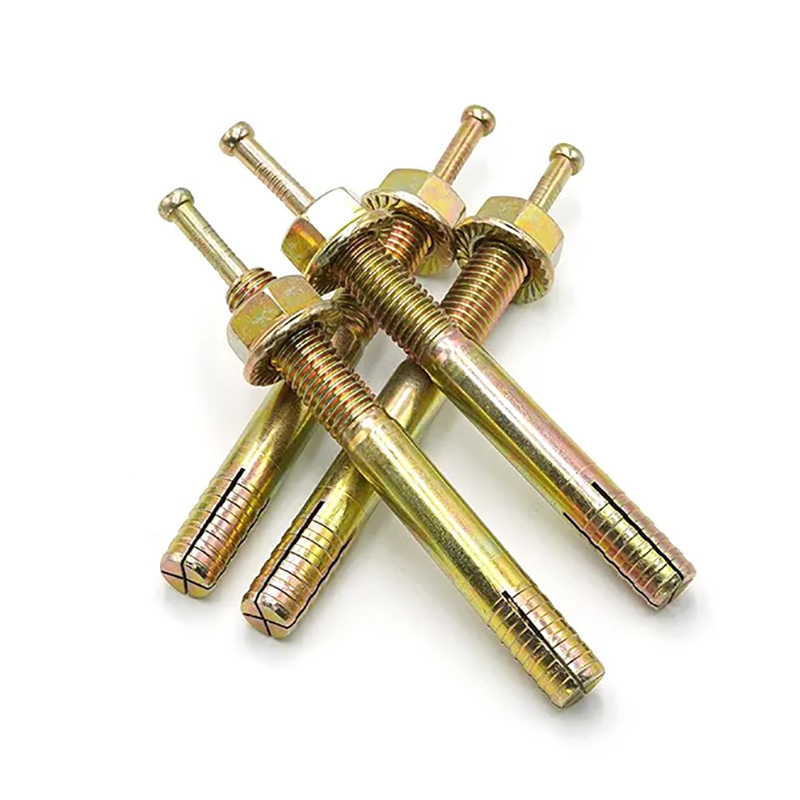

This comprehensive guide helps you navigate the complexities of sourcing non-standard parts. We'll explore key considerations, provide practical advice, and offer resources to ensure you find a reliable supplier that meets your specific needs. Learn how to define your requirements, evaluate potential suppliers, and establish a successful long-term partnership.
Before searching for a non-standard parts supplier, clearly define your requirements. This includes detailed specifications, material requirements, tolerances, quantity needed, and any specific functionalities or performance criteria. Accurate documentation is crucial for effective communication with potential suppliers. Consider creating detailed drawings and specifications to avoid misunderstandings.
The material used significantly impacts the performance and lifespan of your non-standard parts. Carefully consider factors such as strength, durability, corrosion resistance, and cost-effectiveness when selecting the appropriate material. Common materials include steel, aluminum, plastics, and composites. Each has its own unique properties and applications.
Specify the acceptable tolerance levels for your non-standard parts. This dictates the precision required in manufacturing and directly impacts the part's functionality. Tight tolerances generally lead to higher costs but increased precision.
Finding a reliable non-standard parts supplier requires thorough research. Start by identifying potential suppliers through online directories, industry associations, and trade shows. Consider factors such as their experience, certifications (e.g., ISO 9001), production capabilities, and customer reviews. Request quotes and compare pricing and lead times.
Once you've shortlisted potential suppliers, perform due diligence to validate their claims. Verify their certifications, check their references, and assess their manufacturing processes. A site visit can be beneficial to witness their operations firsthand. For large or critical projects, consider conducting a thorough audit of their quality control systems.
Effective communication is essential throughout the entire process. Ensure clear and consistent communication channels are established with your chosen supplier. Regular updates and feedback are critical for ensuring the project stays on track and meets your expectations. A collaborative approach fosters a successful partnership.
Discuss lead times and delivery schedules with your supplier upfront. Understand any potential delays and plan accordingly to avoid disruptions to your production schedule. Clearly defined delivery terms and conditions are vital to mitigate risks.
Establish clear quality control processes with your supplier. Specify inspection procedures, testing methods, and acceptance criteria. Regular quality checks and audits can help ensure consistent quality and minimize defects. Many reputable suppliers, like Hebei Dewell Metal Products Co., LTD, offer robust quality assurance programs.
Obtain detailed quotes from multiple suppliers to compare pricing and identify the most cost-effective option. Consider factors such as material costs, manufacturing costs, and shipping costs. Don't solely focus on price; prioritize value and quality.
Building a strong relationship with your non-standard parts supplier is crucial for long-term success. Regular communication, open feedback, and a collaborative approach can significantly enhance the efficiency and effectiveness of the sourcing process. Consider establishing a formal agreement outlining responsibilities, expectations, and performance metrics.
Remember, finding the right supplier for your non-standard parts is an investment. By carefully defining your requirements, performing thorough research, and maintaining open communication, you can secure a reliable partner that meets your needs and supports your business objectives.

